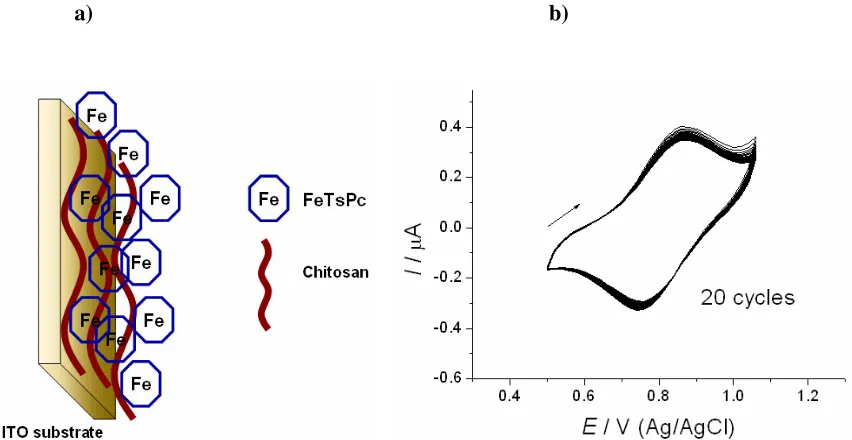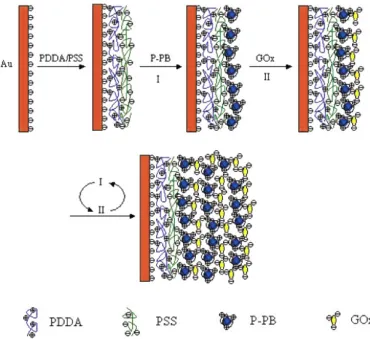Electrochemistry of Layer-by-Layer Films: a review
Full text
Figure




Related documents
Our analysis indicated that the desired roles of family doctors in providing or coordinating postoperative care could be enabled by improving informational continuity-
Figure 29 Identity references by the Local Council of Rif Dimashq Governorate and the Council for the Governorate of Rif Dimashq – East Ghouta. The Blue bars are for the Local
The effects of fiscal policy in great recession by using panel smooth transition regression (PSTR): Evidence from emerging market2. Amira Majoul 1 , Olfa Manai
In this section, we propose a distributed protocol based on the LAGRANGE algorithm in Section 3. Our protocol is transparent to the current IP multicast routing protocols. Each
The system uses association rules on culture associate deg reed patient care information obtained from the laboratory data management systems and generates monthly
The findings that no positive staining was obtained in retinal sections removed at 12 weeks post injection whereas MRI scanning detected a hypointense area at the back of
The In-Vitro and In-Vivo studies indicated that the formulation F1(2:4)CTDC containing 30% of guar gum were capable of protecting the drug release in upper GI
Based on existing data on energy consumption of private households, on prognosis of population growth, and on buildings as well as on statistical distribution of energy de- mand


![Figure 7. Schematic diagram of {[CaCO3-PDDA/(Protein/PDDA)1]/PSS}3 or {[Protein-1]/PSS}3nanocluster and TEM images of CaCO3-PDDA/(Mb/PDDA)3 nanocluster](https://thumb-us.123doks.com/thumbv2/123dok_us/1948770.155254/11.612.154.457.152.567/figure-schematic-diagram-protein-protein-nanocluster-images-nanocluster.webp)

